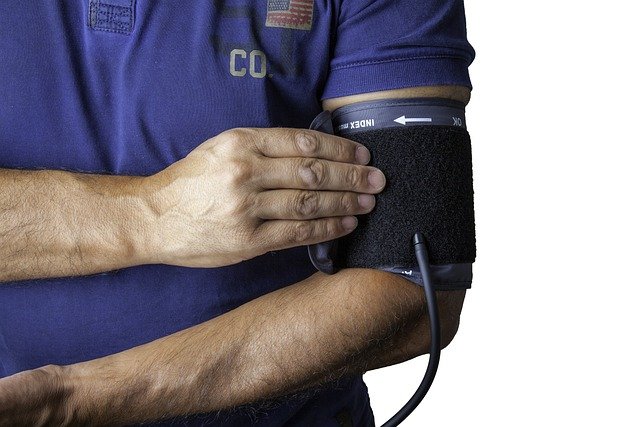Cardiac Stress Procedure, Purpose, and What to Expect
A cardiac stress test evaluates how the heart responds to increased workload and helps clinicians detect reduced blood flow, rhythm changes, or exercise capacity limitations. Typically ordered by a doctor when a patient has chest pain, shortness of breath, unexplained fatigue, or risk factors for coronary artery disease, the test can be performed with exercise or medications that simulate exercise. Results guide medical decision-making about further testing, treatment adjustments, or lifestyle changes, and testing is available in hospital cardiology departments and outpatient imaging centers.

This article is for informational purposes only and should not be considered medical advice. Please consult a qualified healthcare professional for personalized guidance and treatment.
How a stress test assesses the heart
A cardiac stress test measures the heart’s electrical activity, blood pressure response, and in some cases, blood flow to the heart muscle under stress. During an exercise stress test a patient walks on a treadmill or pedals a stationary bike while clinicians monitor an electrocardiogram (ECG) and blood pressure. Imaging options such as stress echocardiography or nuclear perfusion imaging add visual information about wall motion or blood flow. Abnormal changes during stress can indicate ischemia, arrhythmias, or reduced functional capacity, informing further diagnostic steps.
What happens during the test — doctor role
Before the test, a doctor or cardiology clinician reviews the patient’s history, current medications, and any contraindications to exercise. A technologist places ECG leads and explains the protocol, while a physician remains available to interpret findings and stop the test if necessary. During the test the doctor or supervising clinician monitors vital signs and ECG tracings for signs of ischemia or dangerous arrhythmias. If a pharmacologic stress agent is used, the doctor will administer and monitor the medication’s effects instead of exercise.
Medical preparations and safety
Preparing for a stress test typically involves following medical instructions about medications, food, and substances that affect heart rate. Patients are often asked to avoid caffeine, refrain from heavy meals, and withhold certain medications that alter heart rate or blood pressure, only under doctor direction. The test is generally safe, but there are small risks including chest pain, abnormal heart rhythms, or, rarely, more serious events; facilities follow protocols to manage complications. Alternatives such as pharmacologic stress testing exist for patients unable to exercise.
Hospital settings and local services
Cardiac stress testing is performed in hospital cardiology departments, outpatient cardiac imaging centers, and some community medical centers. Facilities in your area may offer exercise ECGs, stress echocardiography, or nuclear stress tests depending on equipment and staff expertise. Hospital-based programs often provide immediate access to advanced care if a complication occurs, while outpatient centers can offer streamlined scheduling for routine diagnostic testing. When scheduling, check whether the facility provides the specific imaging modality recommended by your doctor.
What a patient can expect after the test
After a stress test most patients recover within minutes to an hour; vitals return to baseline and any mild symptoms typically resolve quickly. A clinician will review the immediate findings and discuss whether additional testing—such as coronary angiography, cardiac CT, or further medical evaluation—is needed. Results may prompt changes in medications, referrals to cardiac rehabilitation, or lifestyle guidance addressing diet, exercise, and risk factor control. Clear communication between the patient and doctor helps interpret results in the context of overall clinical risk.
A cardiac stress test is a commonly used diagnostic tool that provides objective information about heart function under stress and supports clinical decisions about further testing or treatment. Understanding how the test is performed, what preparations are needed, and where it is done can help patients and clinicians work together to manage cardiac risk and interpret results in a medical context.






